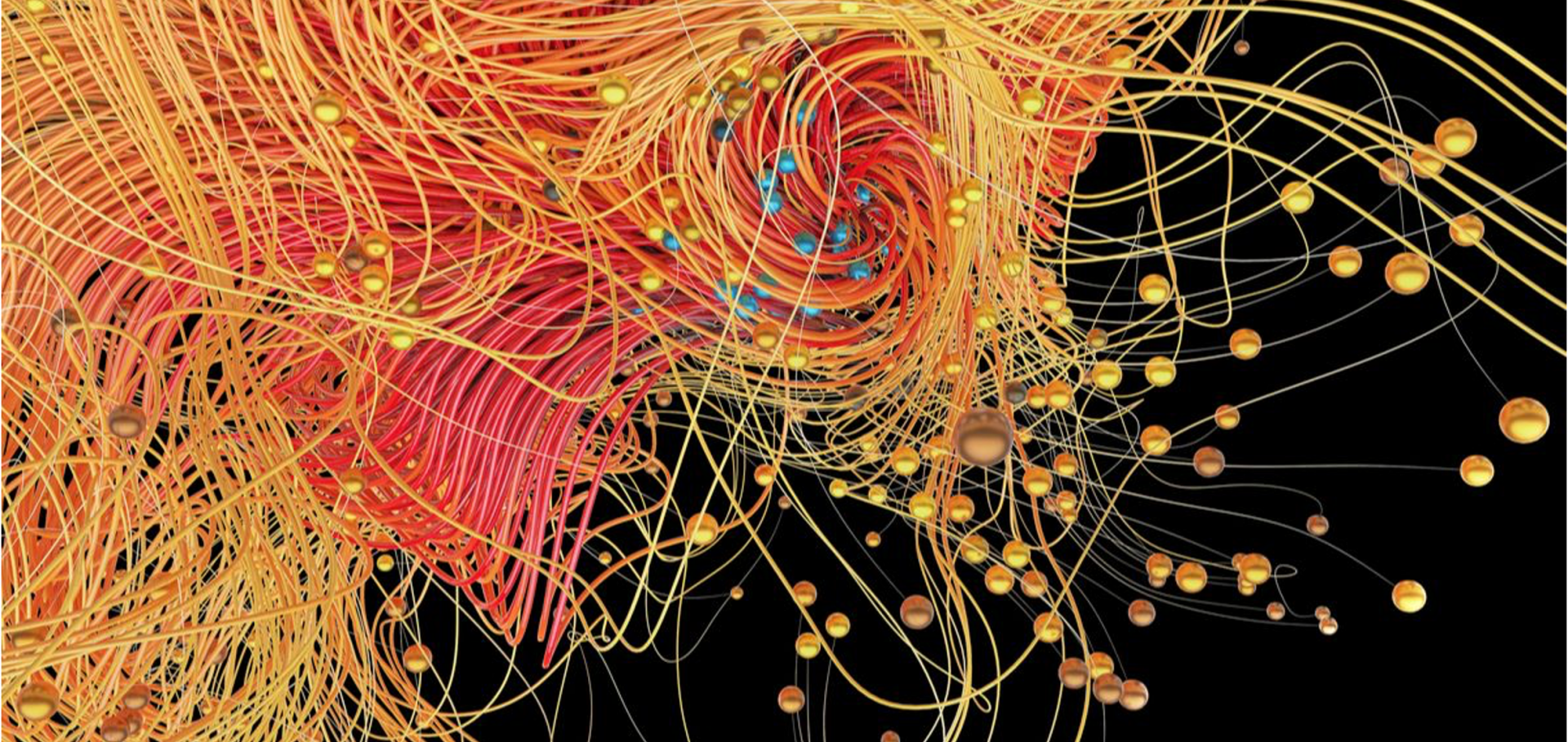Magnetic and Electric properties of La_{1-delta}MnO_{3}
ArXiv cond-mat/9803024 (1998)
Abstract:
The magnetic phase diagram of $La_{1-\delta}MnO_{3}$ powdered samples have been studied as a function of $\delta $ in the low doping range. $La_{0.97}MnO_{3}$ has a canted magnetic structure at low temperature $(\theta \simeq 130\QTR{group}{{}^{\circ}})$. Above $T_{C}=118K$, it becomes a paramagnet with a huge effective magnetic moment, $\mu_{eff}=6.0\mu_{B}$, reflecting the presence of magnetoelastic polarons which are not affected by the magnetic field (up to 20T) nor the temperature $(1.2T_{C}A transition from large to small polarons in the La0.75 Ca0.25 MnO3 perovskite system
Journal of Physics and Chemistry of Solids 59:10-12 (1998) 2220-2223
Abstract:
A quantitative determination of the statistical distribution of the Mn-O instantaneous bond lengths in the La0.75Ca0.25MnO3 system by Mn K-edge extended X-ray absorption fine structure (EXAFS) spectroscopy shows that the giant magneto-resistance (GMR) transition occurs at a crossover from a metallic phase with large (or intermediate) polarons to an insulating phase where small polarons coexist with large (or intermediate) polarons. In the GMR region, the two Mn polaronic domains coexist and share half of the space. © 1998 Published by Elsevier Science Ltd. All rights reserved.Crossover from large to small polarons across the metal-insulator transition in manganites
Physical Review Letters 81:4 (1998) 878-881
Abstract:
We report Mn K-edge extended x-ray absorption fine structure spectra on LaStructural changes, clustering, and photoinduced phase segregation
Physical Review B - Condensed Matter and Materials Physics 57:6 (1998) 3305-3314



